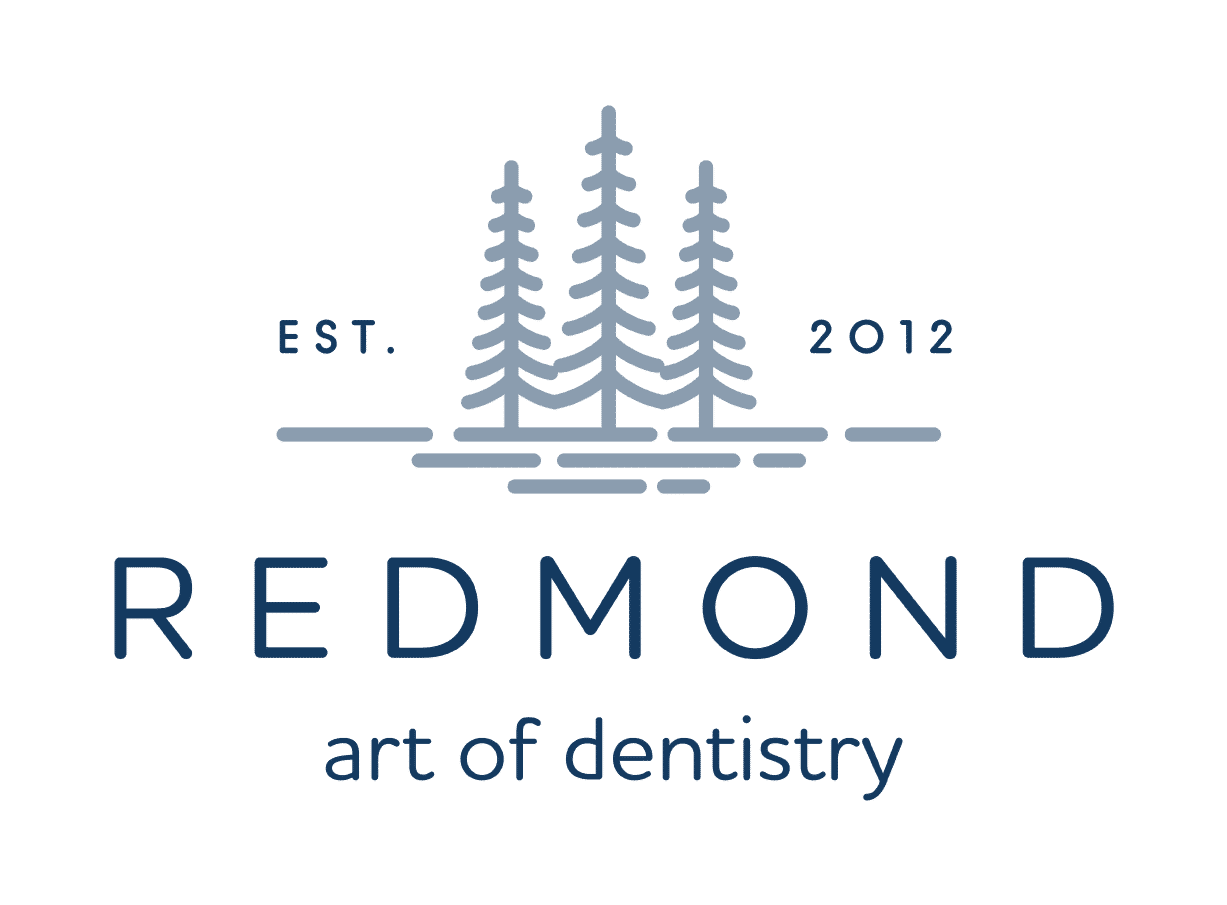Benefits Of Dental Bonding
- Dental bonding is non-invasive and does not require any of your natural enamel to be removed during treatment.
- Compared to alternatives like veneers, dental bonding is much more affordable, so it’s a great option if you want to restore your smile on a budget.
- Dental bonding is fast, and you can have multiple teeth restored in a single appointment in Redmond, WA.
- Dental bonding treatment is very versatile and can correct most minor-to-moderate cosmetic issues with your smile.
Restore & Reshape Your Smile
Want to restore your smile in Redmond, WA? Dental bonding from Dr. Daniel Bickel at Redmond Art of Dentistry may be a great option for you. You can learn more about this cosmetic treatment below, or by scheduling a cosmetic consultation with our team today.


What Is Dental Bonding?
Dental bonding is a cosmetic treatment that uses composite dental resin to restore and reshape your smile. The resin is applied directly to your tooth, without removing any of your natural enamel. Then, it’s shaped and sculpted by Dr. Bickel to correct a wide variety of cosmetic issues, including gaps in your smile, chipping, and more.
Because it’s affordable, non-invasive, and requires little time in the dentist’s chair, bonding is a great option if you’re interested in cosmetic dentistry, but are on a limited budget or don’t like the idea of a permanent treatment such as veneers.
When To Use Dental Bonding
Dental bonding is used to correct a wide variety of issues, including gaps between your teeth, teeth staining, misshapen or uneven teeth, and minor teeth chipping. It’s typically the best option if you only have a few teeth that need treatment.
However, if you need to restore most or all of your front teeth, an alternative treatment like veneers may be recommended, as they are more durable, long-lasting, and effective for treating multiple teeth.
Bonding from our practice also is not intended to restore damaged teeth. If a tooth is severely chipped or broken, a treatment like a dental crown is typically used instead.


The Dental Bonding Process
The dental bonding process is non-invasive and takes about 30-60 minutes per tooth. Dr. Bickel will begin by cleaning your mouth. Numbing is not necessary, as no tooth material is removed during the bonding process.
Next, Dr. Bickel will apply a special acid to each tooth that is being bonded. This roughens the surface slightly to ensure the bonding material can attach to your tooth properly. Next, Dr. Bickel will choose a tooth-colored resin to use on your tooth. He will apply it directly to the tooth and begin shaping and sculpting it until it looks just like a natural part of your tooth.
Finally, the bonding material will be hardened with a UV light, then trimmed to finalize its shape and appearance. This process will be repeated for each tooth that is being bonded.
How Long Does Dental Bonding Last?
This depends on the location of the bonded tooth, how well you care for your teeth, and some other factors. Patients can get up to 10+ years out of their bonded tooth before the bonding has to be replaced.
The most important thing to do to preserve your bonded tooth is to brush and floss properly, and to see Dr. Bickel for six-month teeth cleanings and oral exams at Redmond Art of Dentistry. This will ensure your tooth is healthy and doesn’t decay, which can often cause premature bonding failure.
We also recommend avoiding using bonded teeth to bite into hard foods like nuts or popcorn kernels. Chew these foods with your rear teeth instead. It’s also best to avoid chewing non-food objects like fingernails or pens, and you shouldn’t use your teeth as tools to tear tape or rip packages open, either.


What Happens If My Bonded Tooth Is Damaged Again?
This depends on the extent of the damage, and why it happened. For example, if your bonded tooth becomes damaged because the bonding material is worn out and pulls away from your natural tooth, this is not a big deal. Wear and tear is to be expected, and the tooth can usually be repaired. Dr. Bickel will simply remove the old bonding material, prep the tooth, and bond the tooth again to repair it and restore its appearance.
However, if your bonded tooth is damaged by severe tooth decay, or you suffer a hard hit to the mouth that breaks the bonded tooth, bonding alone may not be enough to restore the tooth, since bonding is only meant for minor tooth repairs. You will likely need an alternative treatment like a dental crown.
To find out what treatment is the best for you, you’ll need to come and see Dr. Bickel. Contact our office as soon as you notice the damage to your tooth. Dr. Bickel will check on your tooth and examine it to understand the extent of the damage and recommend the proper treatment for your situation.
Are There Alternatives To Dental Bonding?
The two primary alternatives to dental bonding are porcelain veneers and dental crowns. Veneers may be recommended if you need to treat multiple front teeth, or if you’re interested in a longer-lasting, more durable alternative to the bonding that can treat cosmetic dental issues.
Veneers are made of porcelain, so they look and feel just like natural teeth, and they’re completely stain-resistant and very durable. The main difference between these treatments is that veneers require the removal of some of your natural tooth structure, while bonding does not.
Dental crowns may also sometimes be recommended instead of dental bonding, particularly if you have a damaged tooth. Crowns are also made of porcelain, and they are built to cover up and completely replace your remaining tooth structure. That’s why they’re great for repairing severely-damaged teeth.
If you’re not sure whether or not dental bonding in Redmond, WA is right for you, the best thing to do is contact our office for a consultation. Dr. Bickel will examine your mouth and discuss all of your options for restoring your smile.


